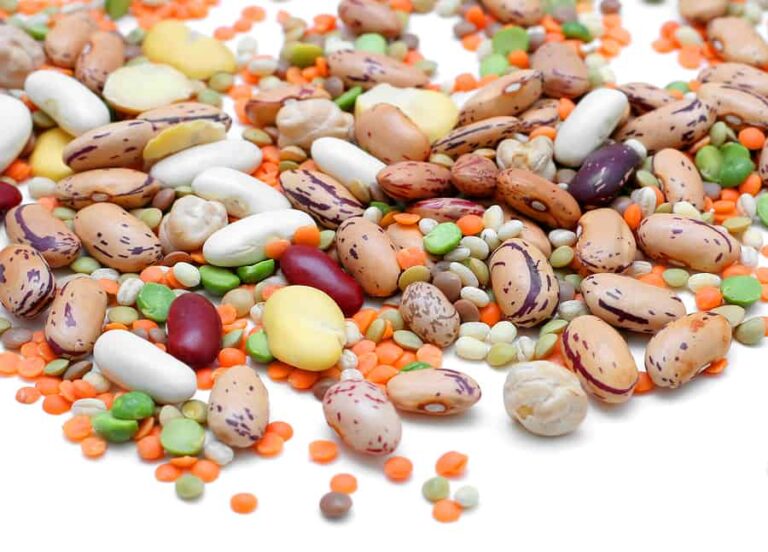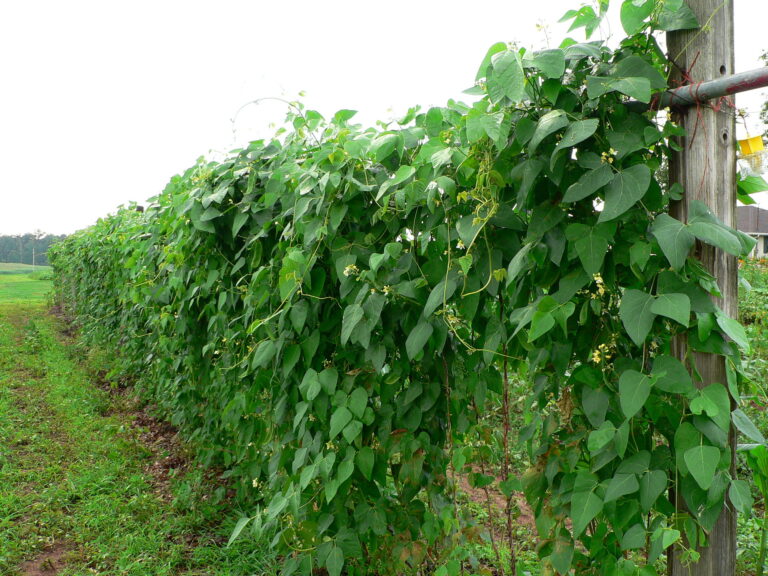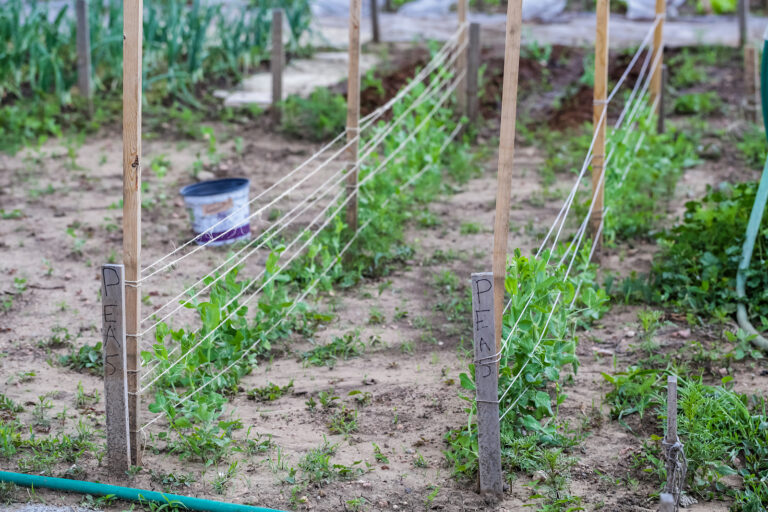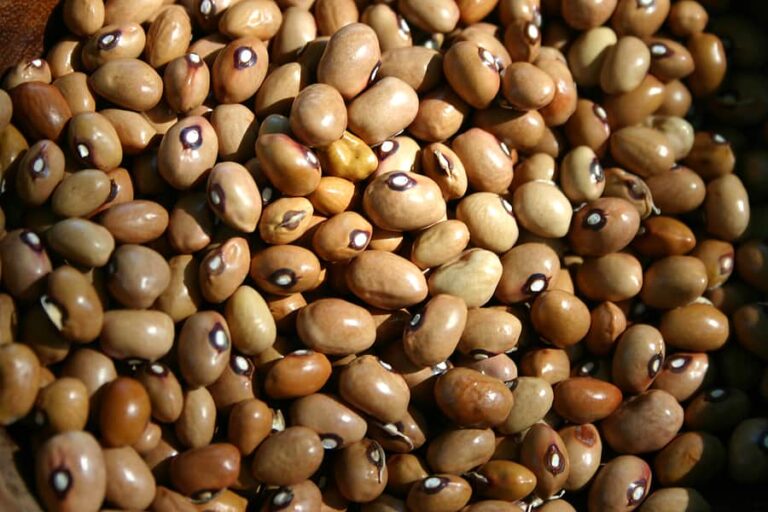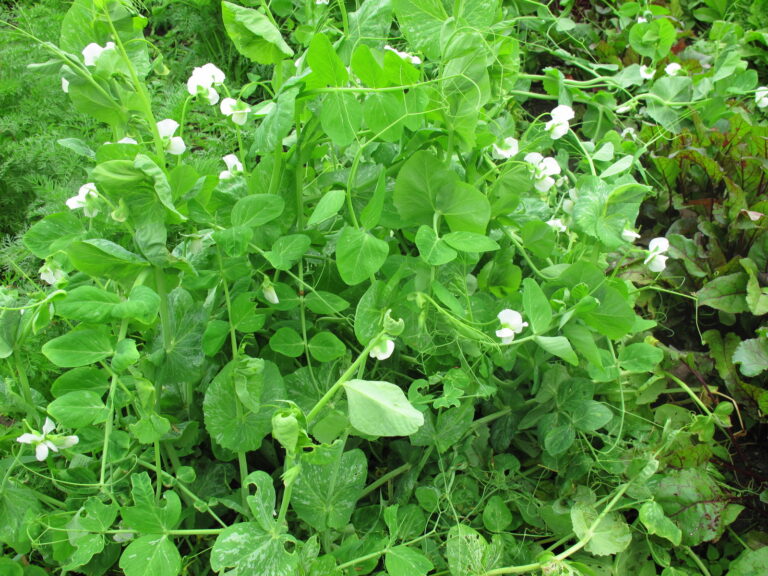Feeding Fava Beans Naturally: Compost and Nitrogen Fixing
Fava beans (broad beans) are one of the easiest crops to grow naturally because they feed themselves. As legumes, fava beans have a unique ability to fix nitrogen from the air, converting it into a form their roots—and surrounding plants—can use. By combining this natural nitrogen fixation with nutrient-rich compost, you can grow vigorous, healthy fava plants without synthetic fertilizers.
In my Sonoma Valley garden, I’ve relied on this natural feeding method for decades. The results are strong, leafy plants with abundant pods and soil that improves every season. Here’s how to feed fava beans naturally for the best growth.
Nitrogen Fixing: Nature’s Fertilizer
Fava beans form nodules on their roots that host nitrogen-fixing bacteria (Rhizobium leguminosarum). These bacteria pull nitrogen from the air and make it available to the plant. Benefits include:
- Reduced need for high-nitrogen fertilizers
- Strong roots and stems
- Enriched soil for the next crop
Optional: In poor or new soil, you can inoculate seeds with Rhizobium powder to boost nitrogen fixation.
Using Compost to Feed Fava Beans
While fava beans fix nitrogen naturally, they still need other nutrients like phosphorus and potassium for root and flower development. Adding compost to your soil before planting provides:
- Organic matter for soil structure
- Nutrients for healthy flowering and pod production
- Microbial life that supports plant health
How to use compost:
- Work 2–3 inches of aged compost into the top 12 inches of soil before sowing seeds.
- For container-grown favas, mix compost into the potting soil.
- Apply a light side-dressing of compost around plants mid-season if growth looks slow.
Avoid Over-Fertilizing with Nitrogen
Too much nitrogen can lead to lush leaves but fewer pods. Since fava beans produce their own nitrogen, focus on compost and balanced soil nutrition rather than synthetic fertilizers.
Crop Rotation Benefits
After harvesting, leave the fava roots in the soil—they continue to release nitrogen and improve fertility for the next crop. Following favas with leafy greens or brassicas can maximize this benefit.
My Experience
In my Zone 9B garden, I plant fava beans in compost-enriched beds each November. I don’t add any extra nitrogen fertilizer; the plants grow tall and strong through winter, flowering in early spring. After harvest, the roots are full of nodules, enriching the soil for summer crops. This natural feeding system has kept my beds fertile and productive for decades.
Key Takeaway:
Feed fava beans naturally by enriching soil with compost and letting their nitrogen-fixing roots provide essential nutrients. Healthy soil leads to strong plants, abundant pods, and improved fertility for future crops.
🌱 Fava Bean Natural Feeding Chart
| Growth Stage | Nutrient Source | Feeding Method | Notes & Tips |
|---|---|---|---|
| Seedling (Germination to 4 inches tall) | Soil nutrients from compost | Mix 2–3 inches of aged compost into planting bed or container soil | Provides phosphorus and potassium for root development; avoid extra nitrogen. |
| Vegetative Growth (4 inches to full plant height) | Nitrogen from root nodules | No additional fertilizer needed; optional light side-dressing of compost | Strong nitrogen fixation supports leafy growth; mulch to retain moisture. |
| Flowering | Phosphorus and potassium | Side-dress lightly with compost or balanced organic fertilizer if soil is poor | Ensures abundant blooms and strong pod set. |
| Pod Development | Nitrogen from nodules, nutrients from compost | Maintain even moisture; top-dress with compost if needed | Avoid synthetic nitrogen; steady nutrients encourage full, plump pods. |
| Post-Harvest / Soil Improvement | Residual nitrogen in roots | Leave roots in soil to decompose naturally | Enriches soil for next crop; fava roots release nitrogen over time. |
🌿 Additional Tips
- Inoculate seeds with Rhizobium powder in poor soil to enhance nitrogen fixation.
- Mulch during growth to conserve moisture and feed soil microbes.
- Rotate crops after favas to maximize soil fertility benefits.
Fava Bean Learning Hub
Start here: The Ultimate Fava Bean Growing Guide: From Seed to Harvest
Planting & Growing Basics
- Fava Bean Planting Time by Region
- How Deep and How Far Apart to Plant Fava Beans
- Fava Companion Planting Guide
- Growing Fava Beans in Containers
Soil, Water, and Feeding
- Best Soil for Fava Beans and How to Prepare It
- How to Water Fava Beans for Best Growth
- Feeding Fava Beans Naturally: Compost and Nitrogen Fixing
Care & Maintenance
- How to Care for Fava Beans During the Season
- Managing Weeds Around Fava Beans
- Supporting Fava Beans: Do They Need Staking?
Pest & Disease Management
Harvest, Storage & Preservation
- How to Tell When Fava Beans Are Ready to Harvest
- How to Dry Fava Beans for Long-Term Storage
- How to Store and Preserve Fresh Fava Beans
Varieties & Seed Saving
Cooking & Using Fava Beans
Companion & Related Crops

